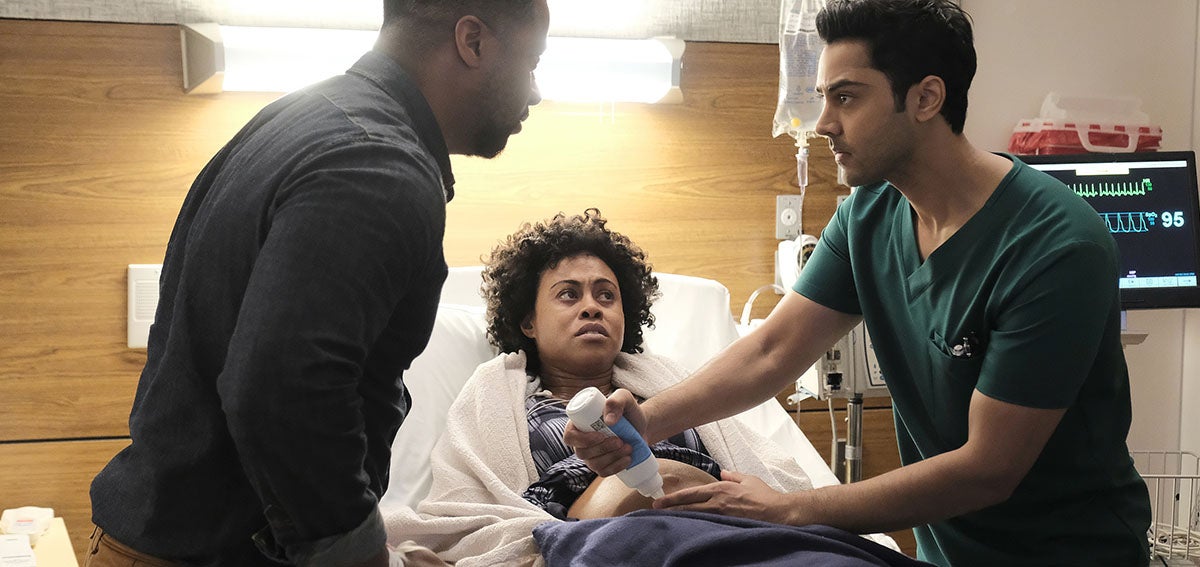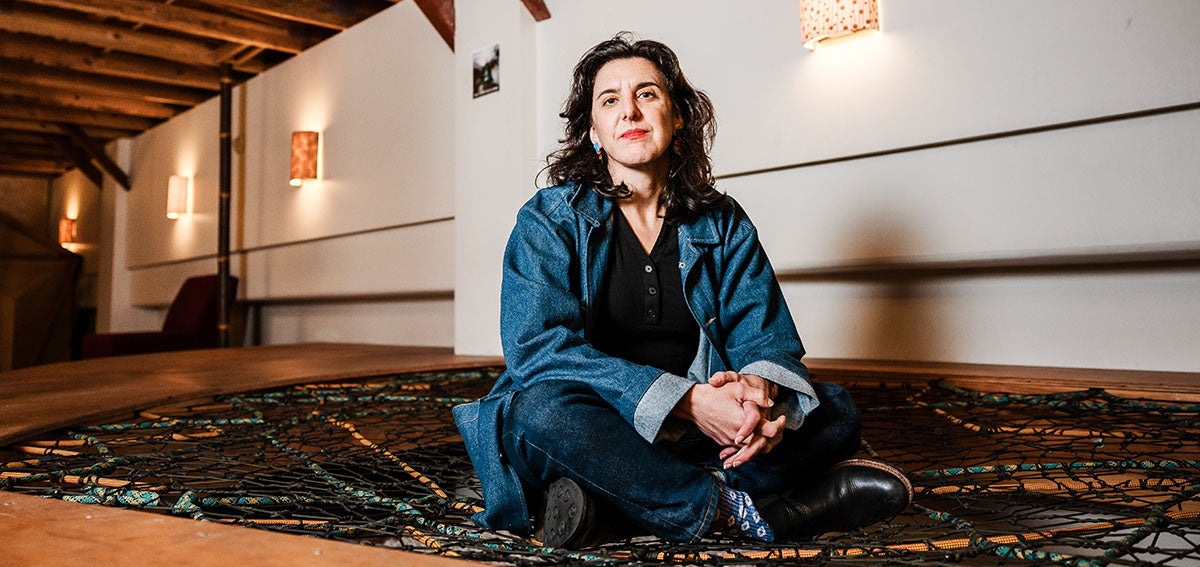|
Getting your Trinity Audio player ready…
|

The media we consume through television, film, news, radio, music, games, and online sources are the currency of our culture. Leveraging media to elevate narratives of health care that focus on equity can raise viewers’ awareness of these issues. Such approaches are a component of narrative change strategies, which have the power to shift public attitudes and generate policy and culture change toward equity and justice.
In the US, Black mothers and birthing people are three times more likely than White women to die from childbirth complications. These maternal health disparities are a top priority for many, including CHCF, which invests in projects that improve maternity care and maternal outcomes by, with, and for Black Californians. CHCF and other foundations have been investing in several narrative change strategies to draw attention to inequities in maternity care and foster solution-oriented narratives around Black birth equity.
Narrative change strategies often cut across and bridge issue areas. Prominent historical examples include the fight for marriage equality, the anti-smoking public health campaign, and the Black Lives Matter movement. These strategies have been gaining prominence and prestige in philanthropy and advocacy circles, in part because of their potential to go beneath the surface and address underlying problems and solutions.
At the USC Norman Lear Center, we have been engaged in narrative change work for nearly 25 years. Our Hollywood, Health & Society (HH&S) program works with the entertainment industry to promote accuracy in storytelling, while our Media Impact Project studies the content, audiences, and impact of media narratives.
Narratives About Racial Inequity in Maternity Care
Since 2017, CHCF has supported HH&S’s work with the entertainment industry to shape more equitable and accurate narratives around maternal health, Black birth equity, substance use disorders, and mental health. During this period, two popular TV shows — New Amsterdam and The Resident — were among those that aired episodes about racial inequity in maternity care. These storylines were informed by experts brought in by HH&S and, together, reached more than 10 million people. These stories, associated public service announcements, and social media campaigns generated media buzz, website clicks, and gratitude-filled notes from viewers.
As part of a collaborative learning project on the power of narrative change, the Norman Lear Center found that media coverage and online searches of the intersection between maternal health and racial equity increased in the last five years. Our research demonstrates that media coverage begets more media coverage, often increasing the visibility of target narratives and helping to move the needle on important social issues.
Our research team has been working on a two-year learning project, funded by CHCF, to demystify impactful narrative change efforts and help funders and others grapple with frequently asked questions, such as: How do we really know narrative change strategies are working? Given the lengthy time horizon for large-scale culture change, what kind of impact is realistic to expect in the short to medium term? Are there best practices that can be culled from existing evidence to shed light on the conditions under which narrative change strategies are most effective?
Drawing upon expert knowledge, 20 years of research on the power of entertainment to support narrative change, and three case studies of narrative change work by HH&S, we distilled 25 best practices that make narrative change efforts via scripted entertainment — like CHCF’s investments in maternity care–related issues — more likely to be successful. We then designed a forward-looking strategic framework, compiling these best practices to inform the development, funding, strategy, implementation, and measurement of narrative change efforts.
The emerging framework assembles the best practices at five levels:
- Media and sociopolitical context
- Investment structure
- Measurement and learning
- Organizational capacity
- Media content
Each of these levels describes conditions, factors, and design decisions that can help facilitate or impede the success of a narrative change initiative, along with thought questions, the weight of the evidence supporting each factor, and potential action steps. For example, the media and sociopolitical context level includes factors such as these:
- Favorability of the sociopolitical context. This factor, supported by findings from all of our research activities, has to do with how sympathetic the context is to the target narrative circulated in the public sphere and across media streams.
- Interest of content creators. This factor points to the importance of cultural creators — in our study, mostly TV/film writers and producers — recognizing the storytelling opportunity at the heart of narrative and leveraging the powerful techniques of their medium to engage with it.
- Representation of historically excluded communities. In existing research and in our expert interviews and case studies, we heard about the importance of centering affected communities in narrative change efforts. Most often, this means involving or elevating voices of members of historically excluded communities when telling stories about problems and solutions, rooting the stories in lived experience.
We are now working on building a more interactive prototype that will provide information to users in a customized, actionable format. We hope this knowledge will empower and support narrative change agents to do the important work of raising awareness, educating, reaching people’s hearts and minds, and, ultimately, shifting social norms and policies toward justice and equity.
In our case study on entertainment-driven narrative change work on maternal health topics, many stakeholders spoke of the transformational potential of well-told stories. A TV writer from one of the episodes about Black birth equity told us that the audience is able to think about issues they haven’t considered because viewers connect to the entertaining story and well-developed characters that TV shows bring to life.
“Hiding the medicine in the hamburger is a thing on any television show,” the writer said. “You need ‘topspin,’ like interesting characters. You gotta get them hooked on the hamburger.”
Authors & Contributors

Ksenia Korobkova
Ksenia Korobkova is a researcher at USC Norman Lear Center, where she focuses on qualitative research and content analysis of popular media with an emphasis on narrative change approaches. She has a PhD with a specialization in language, literacy, and technology and more than 15 years of experience in media research.

Erica L. Rosenthal
Erica Rosenthal is the director of research at the USC Norman Lear Center. Her passion is for understanding how and why stories ̶ particularly in media and entertainment ̶ are so effective at challenging preconceptions, moving people to action, and generating lasting culture change. She oversees a portfolio of research focused on the content, audiences, and impact of media narratives addressing a wide range of health and social issues. She has more than 20 years of experience evaluating the impact of communication initiatives and a PhD in applied social psychology.





